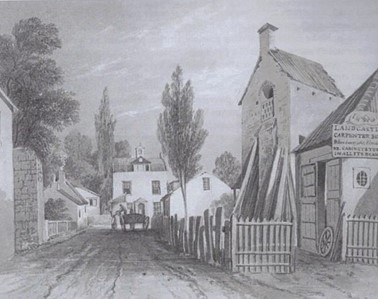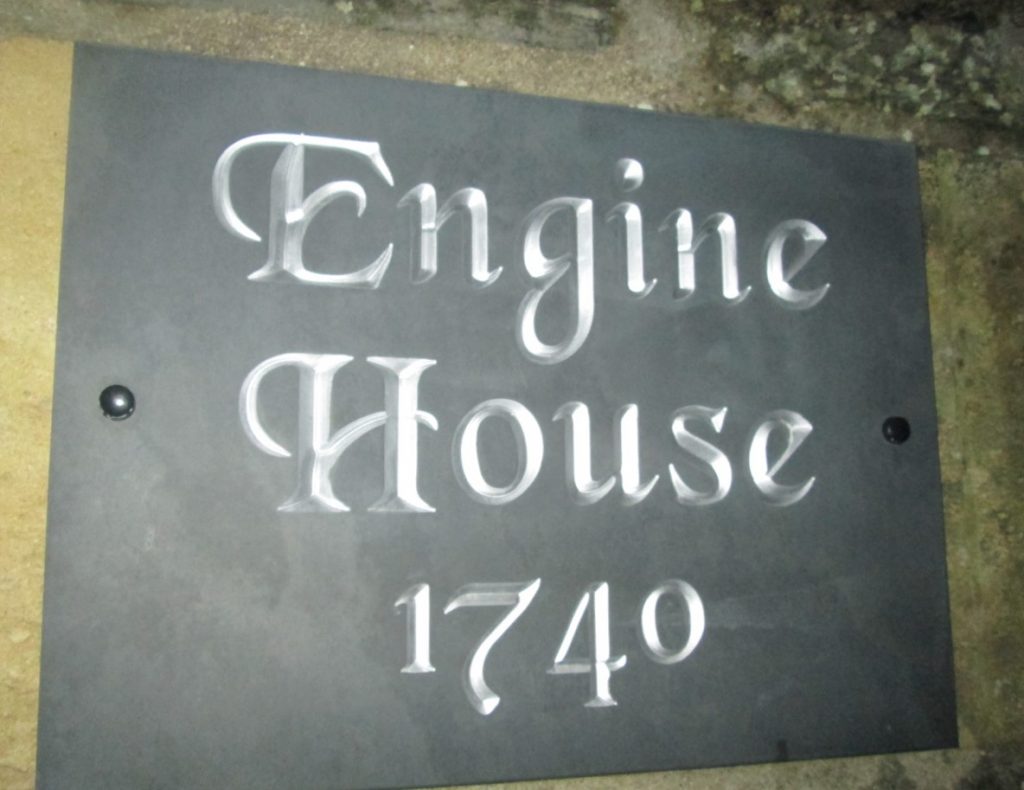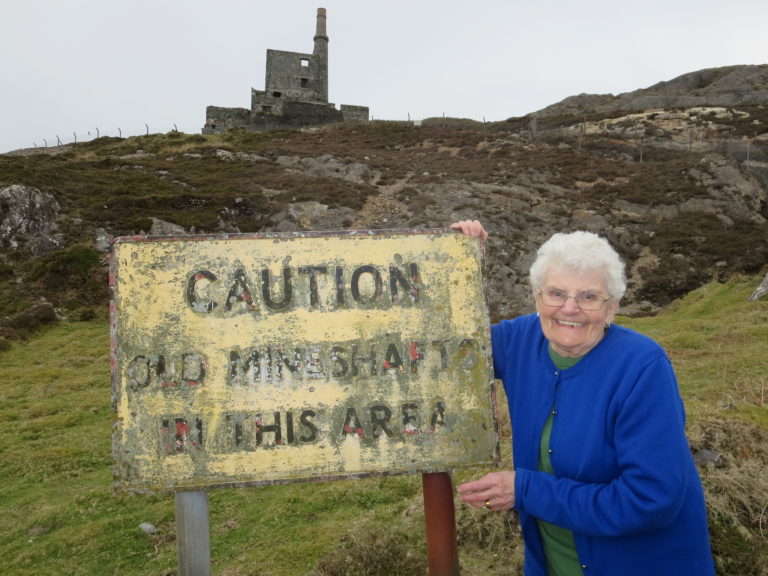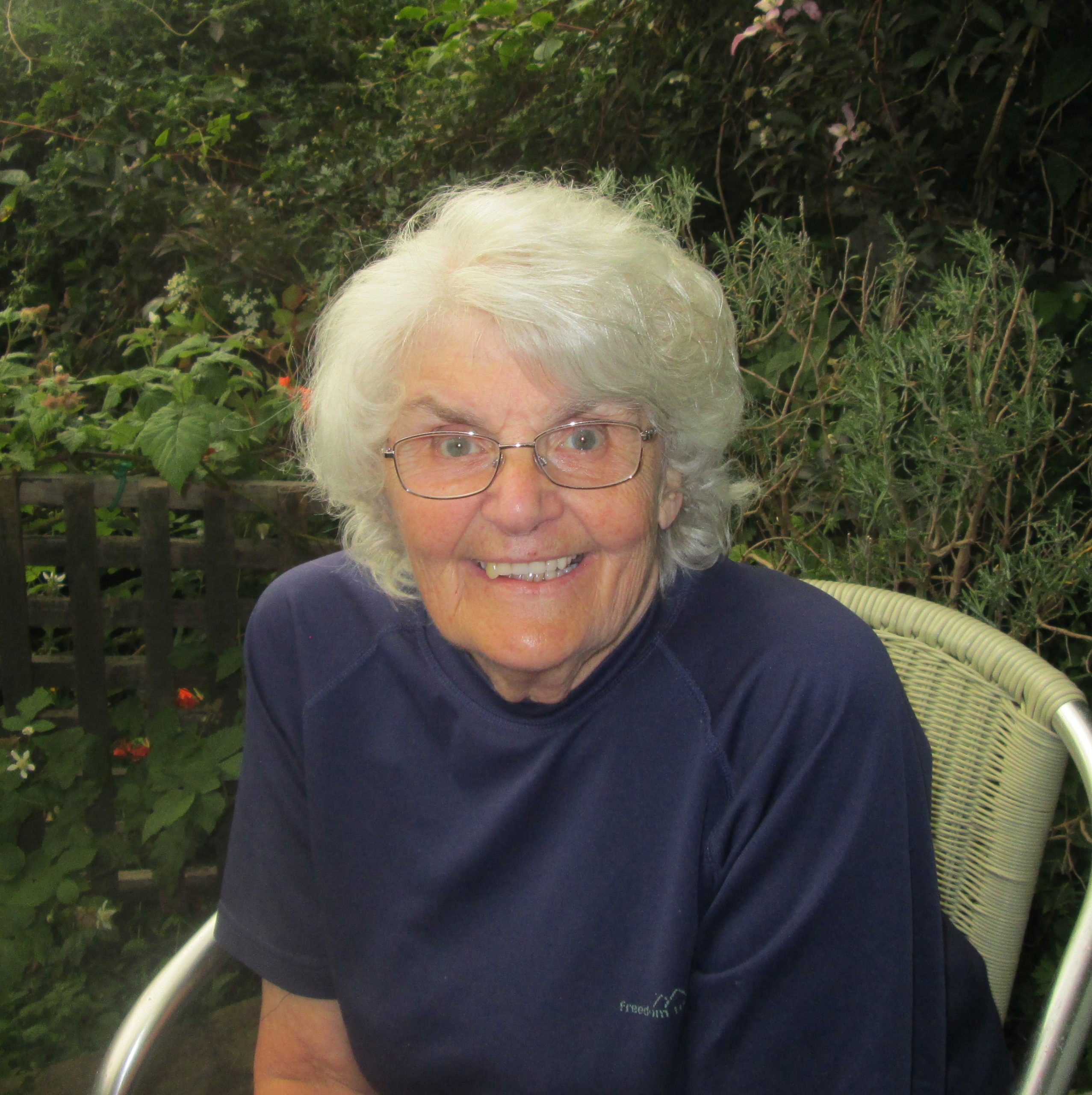
There are references to coalmining in Brislington from the early 17th century: the first being in 1614 when Anthony son of William Roache, collier, of Brislington was apprenticed to Chris. Powell, a Bristol weaver.
William Roache is just as likely to have been a coal carrier of the type next mentioned in 1633/4 at quarter sessions in Somerset concerning “Great decay in the roads at Brislington due to colliers with their horses at certain cole-pitts there.”
The Ilchester Justices were too busy to take action at the time but got round to it a year later when they appointed “a Highways Commissioner to deal with the nuisance.”
With few newspaper reports or coroners’ inquests, and given that they were determinedly law abiding, Brislington coalminers are an elusive lot. The only accident I have come across is dated 17 April 1715 in the churchwardens’ accounts, a payment to “Joseph Elliott, hurt at the coalpit…. 2/6d.”
Most of the named coalminers or colliers at Brislington appear in Bristol marriage licence bonds or in deeds (Bristol & Somerset Archives)
1664: Richard Peasley of Brislington, coalminer, bondsman for the marriage of William Wittle & Martha Cottle.
1696: William Sellwood, Bussleton, coalminer & Mary Mereweather married by licence at St Philip & St Jacob or Bristol Cathedral. (Bussleton is one of the many spelling variants of Brislington)
1709: William Bright of Brislington, collier & Elizabeth Parkisn (sic) married by licence at Westerleigh.
1717: Robert Tucker, coalminer, & Joyce Lacy, spinster both of Brislington, marriage licence, Bristol.
1720: Richard Jones of Brislington, coalminer & Sarah Bush of Keinsham, (sic) marriage licence.
1723: Samuel Wilcox of Brislington, coalminer & Mary Tranter, of same, marriage licence.
1724: Robert Little of Brislington, carrier (coal-carrier?) & Mary Maynard of same married at St John’s, Bedminster.
1724: Thomas Glifson (Glisson/Gleson) of Brislington, quarryman & Mary Bower, of St Philips, widow, marriage, licence.
1727: John Jones of Busleson (sic; another variation) collier & Sarah Webb, marriage licence, St P & J, Bristol.
The following are named in leases or deeds:
1662: Robert Loscombe & Richard Showring of Bufsleton, coalminers.
1664: Richard Peasley of Brislington coalminer, bondsman at marriage of William Wittle & Martha Cottle (Another of the Peasleys, Robert, had served in the Royalist Army in the Civil War and rec’d a pension of 40/- per annum but his civilian occupation is not stated.)
1672: Tobias Daniel (1) & (2) Thomas Winpost, coalminer of Brislington.
1688: Samuel Lansdown, quarrier.
1706: John Collins of Brislington, coleminer & Robert Langton of same (Lord of the Manor) to mines etc.
1716: Agreement. between George Cobb of Brislington, esq., Joseph Langton, same, esq., on one part & (2) John Hall, Brislington, yeo, Wm Horte, of same, yeo, James Lawrence of same, yeo, Daniel Lawrence of same, yeo, John Podmore of Stapleton, miller & Richard Jones, Brislington, carrier. This must be the same Richard Jones who was a coalminer when he was married in 1720, see above; “a carrier” probably means “a coal-carrier”.)
1717: The Masters of the coleworks Hall, Horte, and Lawrence issued accounts of their operation, including ropes for coaleworks, candles from Mr Hassell & Mr Teather, rents to Mr Langton, wages for Daniel Lawrence, plus equipment including windmill & pumps; Richard Jones for carrying of cole, £17.6s.0d. This entry includes a payment of £1 to a Mr Whippie, with no other details.
28.2.1723/4: Dorothy Lawrence of Brislington, widow of Daniel Lawrence, sold her share in the coleworks to William Hort & James Lawrence for £100. Dorothy Lawrence became an overseer of the poor in 1727. An office usually held by a man.
7.4.1725: Richard Jones died aged 62. His tombstone is one of the earliest in St Luke’s churchyard. His widow Rebecca sold her share in “coleworks” to the same WH & JL, above. An indenture prevented the heirs of Dorothy Lawrence & Rebecca Jones from claiming any partnership in the works.
9.9.1726: Tombstone, St Luke’s churchyard, Deborah Lawrence, 31, wife of Roger.
23.3.1731: Agreement to dig coles in Brislington, Richard Warren of Bristol, merchant, Joseph Carter of Bristol, butcher & Jacob Carter of Priston, coleminer.
20.9.1735: conveyance: William Willis, coleminer, dec’d.
25.4.1738: agreement between George Cobb esq.,& other gents with Samuel Cole of Brislington, coleminer “for landing cole to be digged at Brislington”.
6.1.1755: lease for mining coal in Brislington between Joseph Langton, esq. (1) & Thomas Daniel, John Roberts merchants, Bristol, Joseph Thomas, tiler & plasterer of Bristol.
Misc: 20.11.1691: Charles Watts of Brislington, collier, gave oath regarding an illegal burial during dissenters’ clashes at this time.
11.7.1714: Paid for “2 horse loads of coal for Hopping Dick’s wife”. (Churchwardens’ accounts). (Poor Hopping Dick must have had a dreadful affliction.)
July 1733: Joshua Wharton, (a merchant & diarist, who lived in Brislington 1733-42) refers to “a Sesteron” (i.e. a Cistern) “7 foot 9 inches by 5 ½ foot broad from the bottom to the lower part of the Arch.” This may or may not have anything to do with mining. The diary, held at BRO, which cries out for a transcriber, may have much more detail.
1733: Joshua Wharton purchased 14 horse loads of coal from James Horrill for 15s. 2d.
1736: Henry Jones of Brislington, carrier (coal carrier?) stood surety in a case of theft.
Several glimpses. The Gloucester Journal; 17.10.1738 refers to “the civilised colliers of Brislington” during a two-week long riot, when “they”, (the Kingswood men) “threaten the Fire engines in Kingswood and Buselton”. There is a whole paragraph about happenings in Brislington during the rampage. On 6.3.1739 the Evangelist George Whitfield preached at the cross in St Luke’s churchyard to the “civilised colliers of Brislington”.
27.6.1740: The family of the late John Williams, a coalminer, was removed from Brislington to Oldland. His body had remained unburied whilst the two parishes thrashed out who was responsible for the cost of the funeral, which scandalised Joshua Wharton sufficiently for him to mention it in his diary.
1.8.1749: Bath Journal reports that Kingswood colliers came to Brislington on an unsuccessful mission to rally support for their cause during turnpike protests.
12.10.1764: letter from an anonymous “Honest Farmer” of Brislington re the good honest coal made there and “coal-balls”. (BRL B26068).
1779: The former wasteland of Brislington Common was divided up between the landowners (listed) Mr Ireland got “the quarry” at the Rock, just up the road from the Engine House. (I live nearby).
Brislington coalmining seems to have come to stop around about the mid-18th century, the same time as the date of the plaque outside the Engine House which according to David Hardwick of South Gloucestershire Mines Research Group is an incorrect date. There are a number of articles in the SGMRG newsletter concerning the Engine House which is a unique survivor from another era.

My photograph taken in a ramble round Brislington village.
Title picture: Brislington Engine House by T.L.S. Rowbotham 1826/7, Hollywood Road. It was then a carpenter’s shop and is now (2021) a private house. (Reproduced courtesy of Bristol Museum & Art Gallery, SGMRG Newsletter Spring 2019.)









Leave a Comment